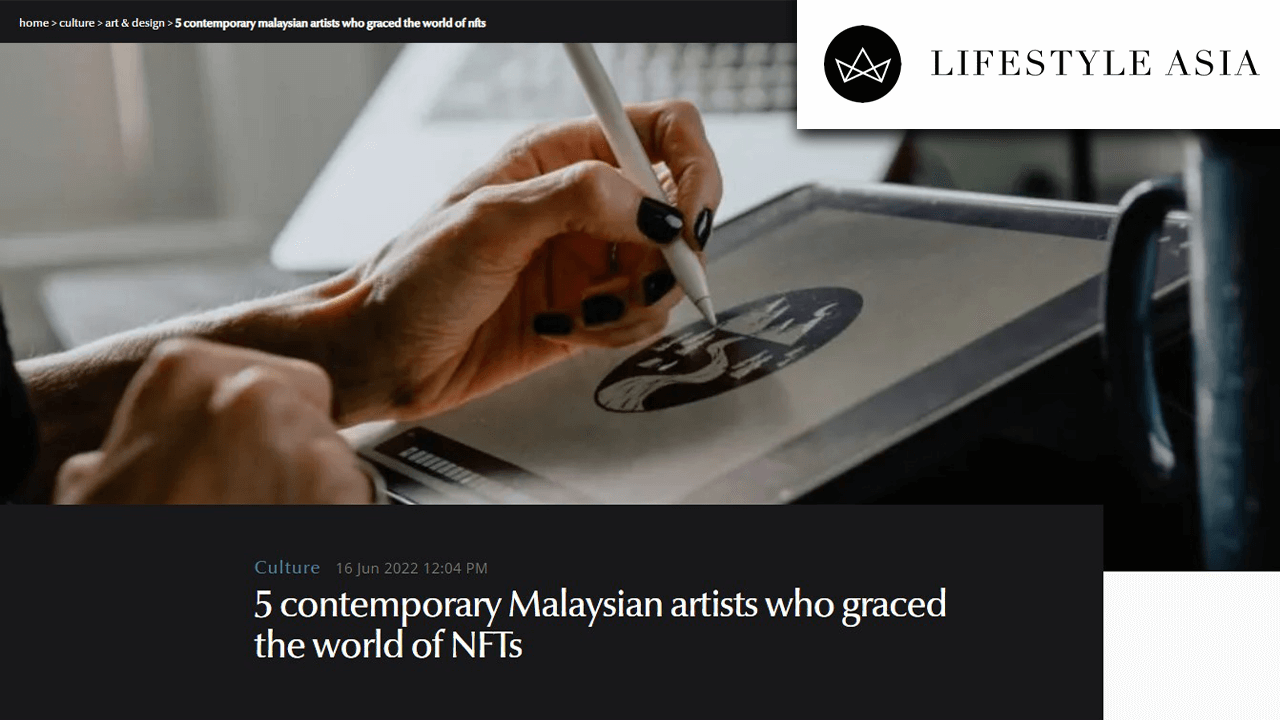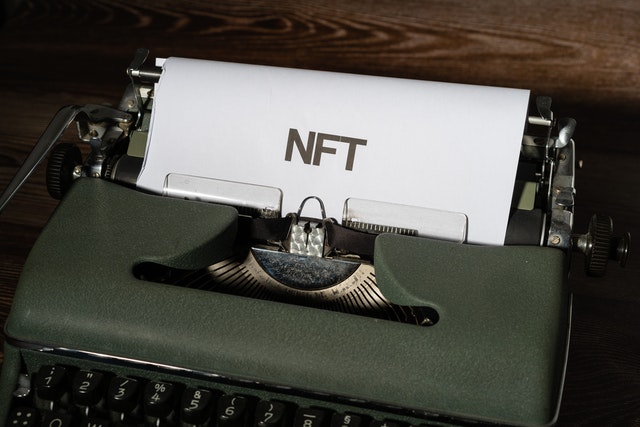The origin of generative art dates back to the 1960s and 1970s. This was the period when artists discovered the use of commercial computers in art. Over a period of time, artists began to use coding and algorithms to bring innovation to art.
In 2014, generative artists picked up major momentum with the help of Artificial Intelligence (AI) technology. AI has penetrated all domains of people’s lives. It was only a matter of time that it influenced the arts.
Today, generative art has become a mainstream art form. Let’s understand it in detail.
What is generative art?
Generative art refers to the creation of art in part or whole using computer programs. It requires minimal intervention from artists. A generative artist uses machines, algorithms, genetic sequences, language rules and digital technology to produce a piece of art.
Generative art is not limited to the use of computers alone. Some artists even find inspiration in biological systems, chemical reactions, robotics, and other branches of engineering and science.
It derives inspiration from modern, contemporary and pop art where geometric patterns heavily influence the design. It is just another medium for artists to express themselves, albeit through machines.
Marius Watz, the founder of Generator.x, a curatorial platform that has led to a series of generative art and design events, explains it in the best way:
“Generative Design is perfectly placed at the intersection of code and creative thinking.”
A few other names for generative art are Computer Art, Interactive Art, New Media Art, Programmable Art, Generative Design, Artificial Art and Coding Art.
Why is generative art important?
So what is the purpose of creating a generative art NFT?
This form of art has gained prominence for the following reasons:
- It is considered a fresh wave in the field of arts. Art aficionados love the novelty, variability and individuality it offers.
- Algorithms and programming give artists immense resourcefulness to play with different designs in generative art.
- It expands the scope and definition of art.
- It enables artists to leverage technology to save hundreds of manual hours.
- It is touted as the art of the future.
- Experts and artists believe that generative art enables them to merge art with art patrons’ digital, contemporary tastes.
- Generative art prints find their use in various industries like textiles and fabrics, wall art decors, interiors, etc.
- The market for buying generative has seen robust growth ever since its inception.
How to create generative art NFT?
There are two key strategies to making generative art.
Know What You Want
In this strategy, generative art starts with the conceptualization of the design in the mind of artists. Then, the artists transform the ideas into simple sketches, drawings, shapes, symbols and objects through randomness.
Start on a Blank Slate
In this strategy, the artists have no fixed design in mind when they start. They toy with computer programming to find out what design can shape up.
Both strategies are 100% rule-based. Once the outlines take a concrete identity or structure, the artists add more layers of complexity and loops to arrive at the outcome. This is done through coding and computer programming languages. For more insight into how algorithms and AI platforms work to create generative art check out our blog on “Generative Art NFTs“
Generally, the concept of generative art making is based on five elements:
- Algorithms
This element requires artists to imagine the algorithms visually. This can go a long way in generating captivating art pieces.
- Randomness
Every time artists run the generation scripts; it should be different. Randomness helps to achieve this. Artists add randomness to design till they get it right the way they had imagined or expected.
- Geometry
Since most generative art pieces are based on shapes, geometry comes in handy to add cool effects.
- Repetition and Structure
This is an element that is closely associated with randomness. If artists do not use randomness, then the result could be a dull design. If there is no repetition and structure to randomness, then the design could become chaos. Repetition gives a sense of calm and stability to the design.
Recursion
Recursion is related to the principle of repetition and self-similarity. Fractal art is one of the best examples of recursion. It lends fascinating symmetry and aesthetics to geometric patterns.
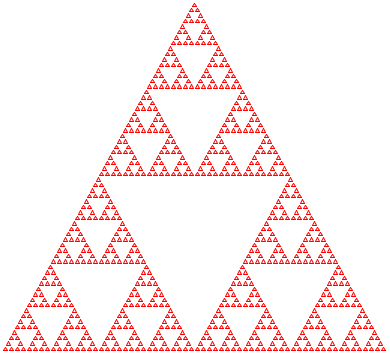
If you’re interested in creating generative art, read ‘10 Generative Art Ideas to Start With’
Is generative art hard?
Generative art uses computers, programming language and mathematical concepts. So, it can be intimidating for beginners and amateurs. However, various tutorials like OpenFrameworks, R, JavaScript (p5.js) and Processing available online can guide you through a step-by-step process.
Is generative art hard?
Generative art uses computers, programming language and mathematical concepts. So, it can be intimidating for beginners and amateurs. However, various tutorials on OpenFrameworks and JavaScript (p5.js) are available online and can guide you through a step-by-step process.
How are generative art tools changing the way we create art?
There is no doubt that generative art tools are changing the way art is created and here is how.
AI Tools
AI tools give creative recommendations in real-time. These tools are especially useful when the artists face a dry spell in their inspiration but still want to maintain the flow.
Open Source Software
Any artist who has an internet connection can download the free creative tool kit from open source software platforms. Free resources can considerably reduce the cost of an art piece and pass the savings to the customers.
Procedural Modelling
Procedural modelling refers to computer graphic techniques to create generative art from a set of rules. It is quite useful when the artists use images, audio, video and other multimedia formats to create art.
Open Source Data Sets
Open source data sets from Google, Kaggle and others provide computational artists ready-made templates to create new art pieces or tools.
Generative Adversarial Networks (GANs)
GANs are useful to generate facial images for cartoons and animation automatically. The artists feed specialized data sets into the computer. Then, GANs generate new characters from these data sets.
Creative Adversarial Networks (CANs)
CANs are GANs with an ability to think creatively. They enable computers to bring newness in the designs and outputs.
Assistive Creation Systems
Assistive creation systems enable artists to expand their creativity by making new skill sets more accessible and easily available. Even budding and inexperienced artists can use these systems to their advantage to create generative art.
Evolutionary Algorithms
Generative artists use evolutionary algorithms when they need approximate but reliable solutions in case other techniques fail. They are used often to find innovative solutions in terms of different characters.
Generative art software
Given the swift pace at which artists are embracing generative art, many types of software have become available. Here are some popular generative art softwares.
Processing
Processing is a software that is widely used and recommended for both artists and students alike. It has been around since 2001 and intends for the visual art field to be integrated with software literacy. The software is flexible for learners with inbuilt examples, references and tutorials you can learn from..
openFrameworks
openFrameworks brings together different libraries and codes to create a toolkit for creative generative art. It is compatible with multiple operating systems and is designed to be easy to use. This is a great place to start for coding generative art and learning the programming language.
Cinder
Cinder is another open source library that you can check out to start coding generative art. It is a free tool that is able to render professional quality work. This software also allows you to combine multiple media such as graphics, audios and videos. While it is powerful enough to be used by professionals it is also a great place to start for beginners.
Generative art apps
Generative art apps also have emerged in the past few years to help artists create art at their fingertips. Here are a few of them:
Silk 2 (Apple store)
The Silk 2 interactive generative art app provides a brush and a digital canvas to enable users to try different shapes and patterns using their imagination.
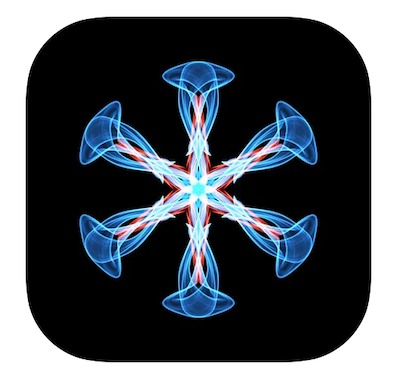
Amaziograph (Android)
This Amaziograph app is the Android version of Silk 2. It has stunning mandalas and mosaic image options.
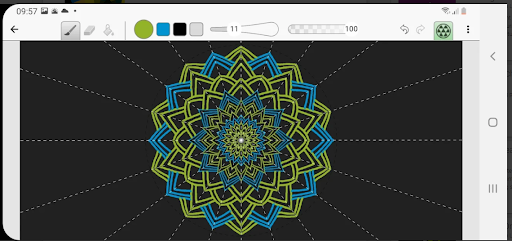
Adobe Photoshop Sketch (Android)
The Adobe Photoshop Sketch art and design app allows users to create awesome artwork with pens, markers, pencils, ink brushes, and other advanced tools.
Konstruct (Apple store)
This app works well for users who want to create art in an augmented reality environment. It has many color palettes, 3D shapes and features which help users build a fantastic structure.
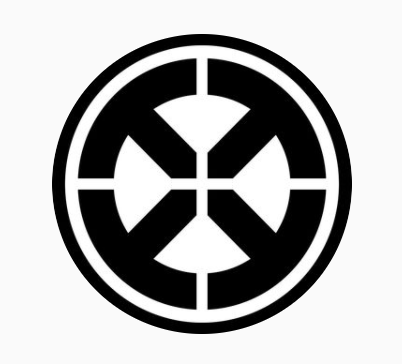
Visualator (Apple Store)
Visualator is known among the artists who create abstract imagery. Users can generate vivacious collages using different colours, shapes and forms.
Coding skills needed for generative art
Coding skills are definitely an added advantage in creating generative art. It is highly recommended to learn the fundamentals of coding to establish your niche and get a competitive edge in this domain. Some of the options for beginners are:
- WebGL Tutorials
- The Coding Train
- Codepen
- Three.js 101
- Shaders: A Primer
- Generative art tutorials on YouTube
Is generative art without coding possible?
Yes. There are several free and paid software and tutorials available online for you to create generative art without coding. You just need to run a Google search for ‘generative art without coding’ and you will be presented with many options.
Where to buy generative art?
You can buy generative art offline through art galleries. You can also source them directly from the artists if you know of any.
If you are looking to buy generative art online, here are some options:
- Etsy
- Society6
- Saatchi Art
- Artsy
- Generative Art Prints
You can also look at these platforms to buy generative art NFTs:
- Artblocks
- Rarible
- Opensea
- Mintable
- Zora
Conclusion
Generative art is a radical breakthrough in the world of art. It was a new and under-explored territory with a wide scope for experimentation but it is gradually becoming mainstream.
Though machines and technology are dominant in creating generative NFT art, it still calls for human imagination, creativity, and guidance. Unlike traditional art, it empowers the artists to create thousands of paintings within a few minutes, which would otherwise take days or even months. It helps artists enhance their potential by doing more in less time.
Generative art is not a replacement for traditional art. It is just the contemporary version of art.
Also check out ‘20 Mesmerising Examples of Generative Art’, ‘10 Generative art ideas to start with‘ and ‘10 Generative art collections and the artists behind them‘
